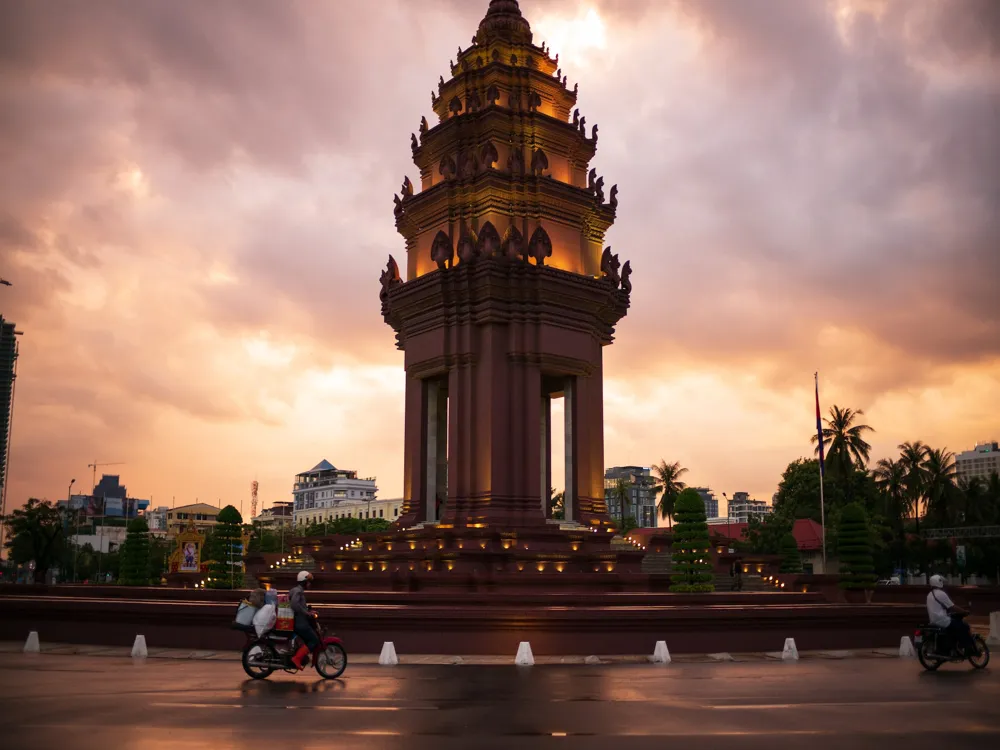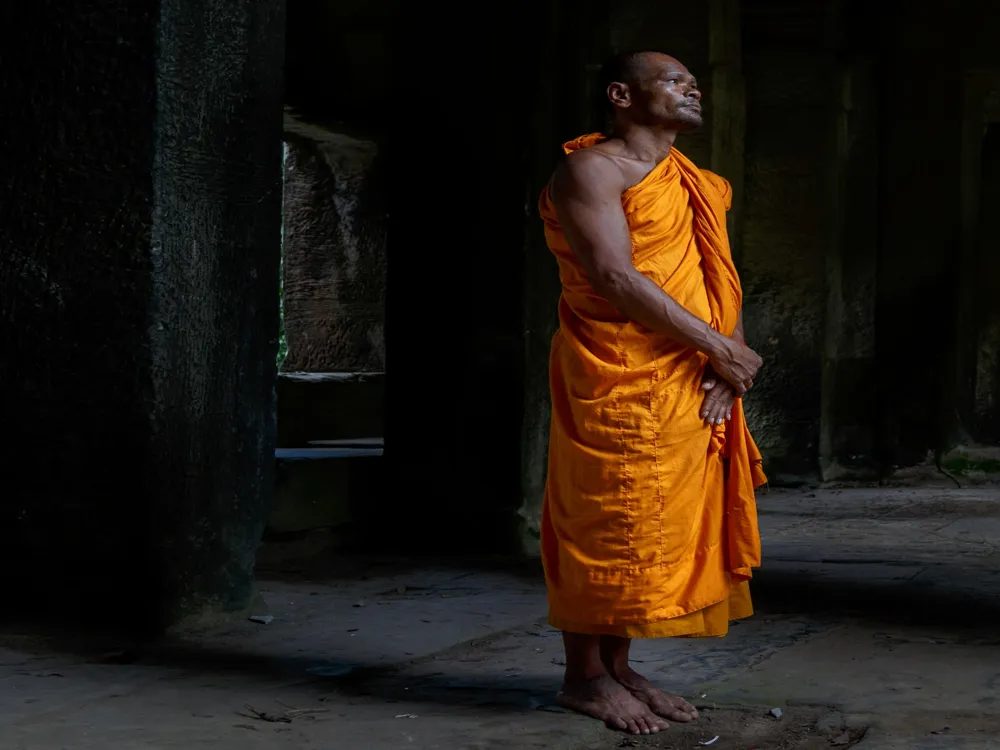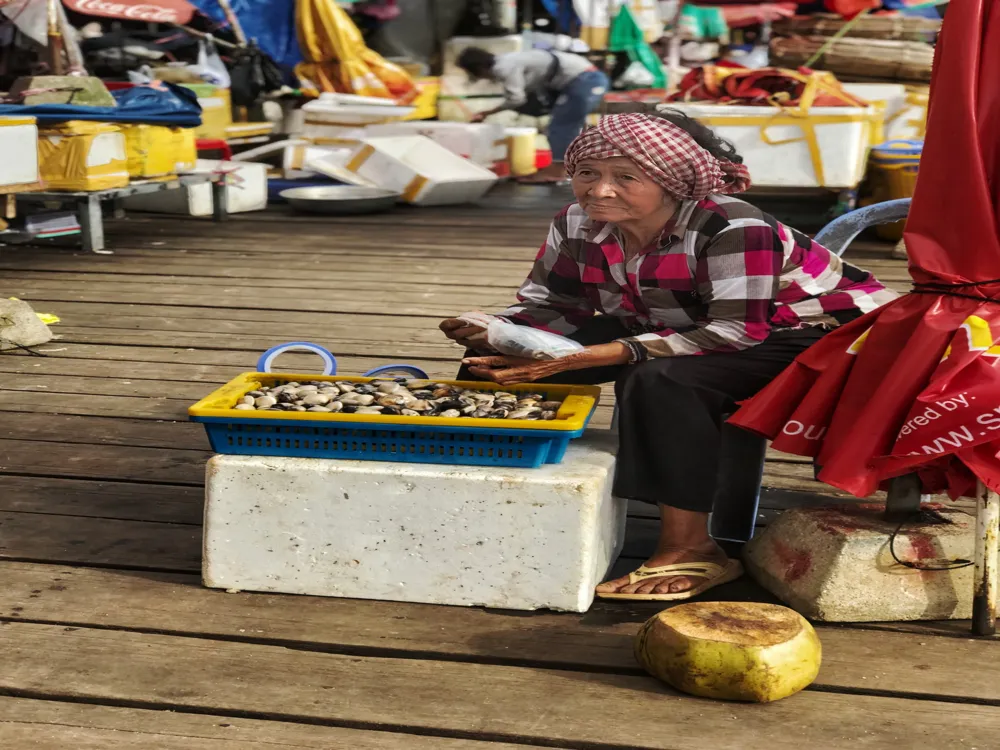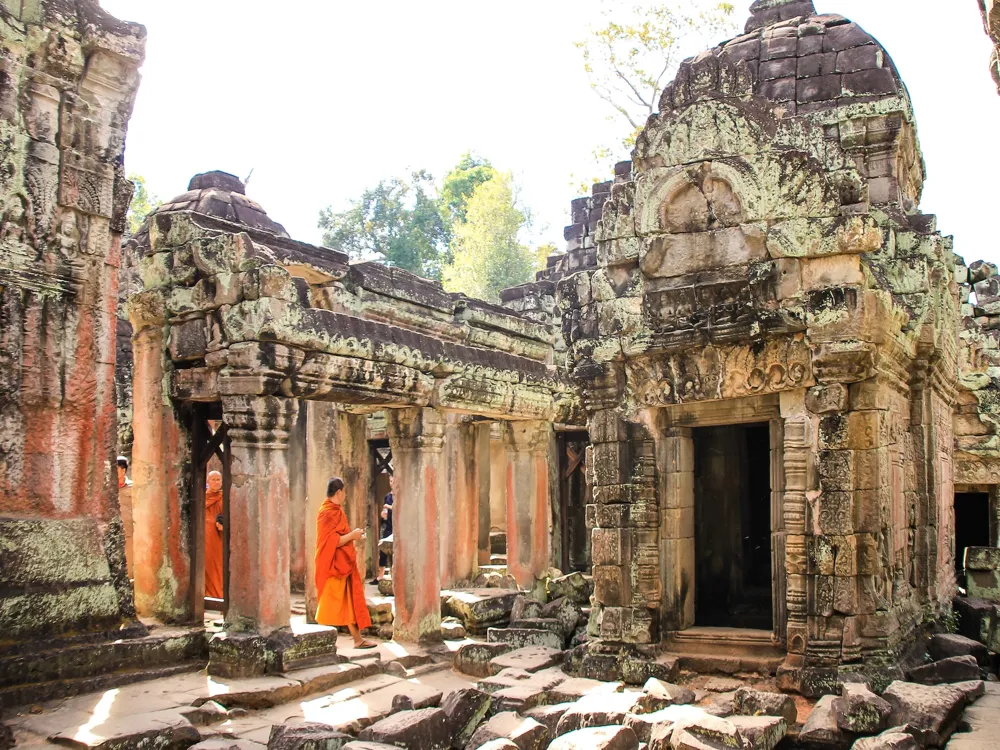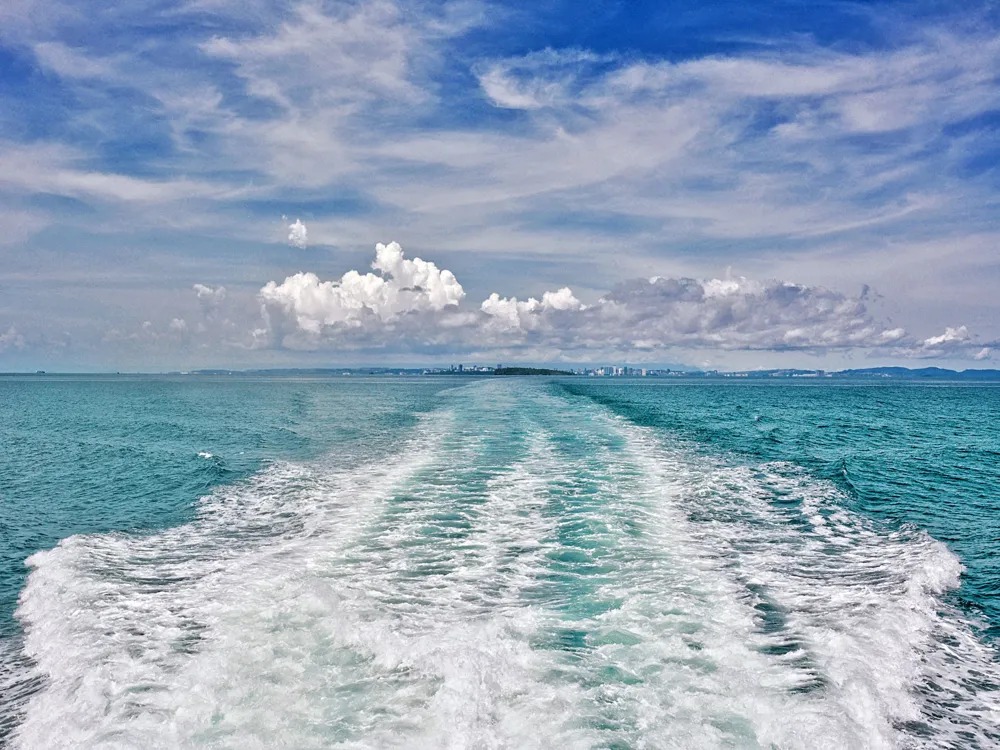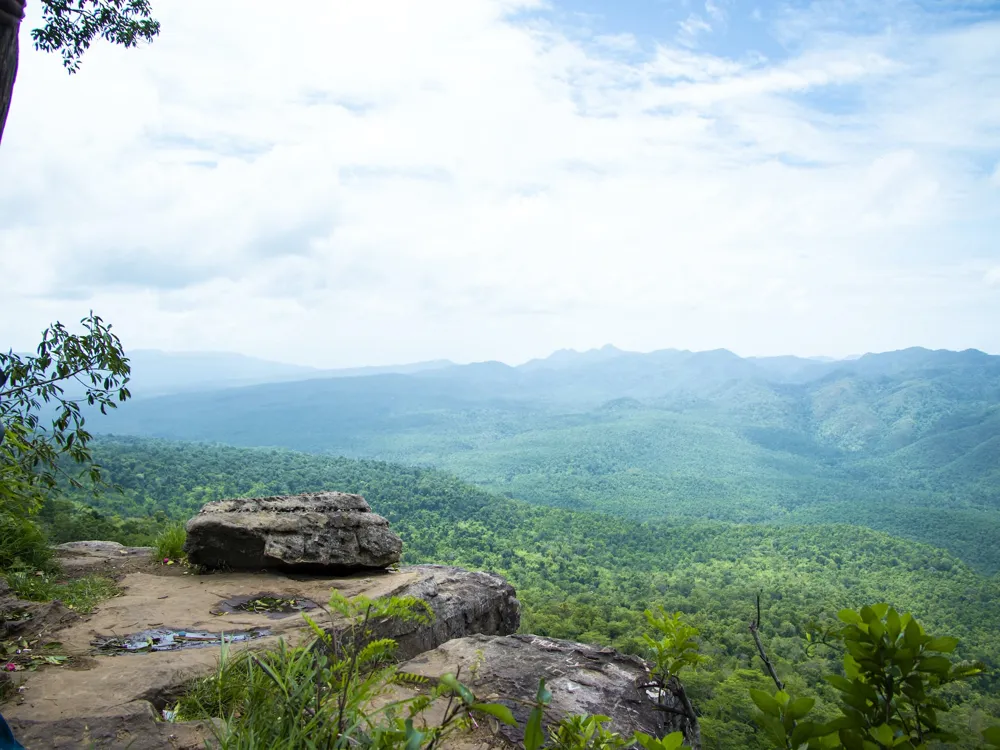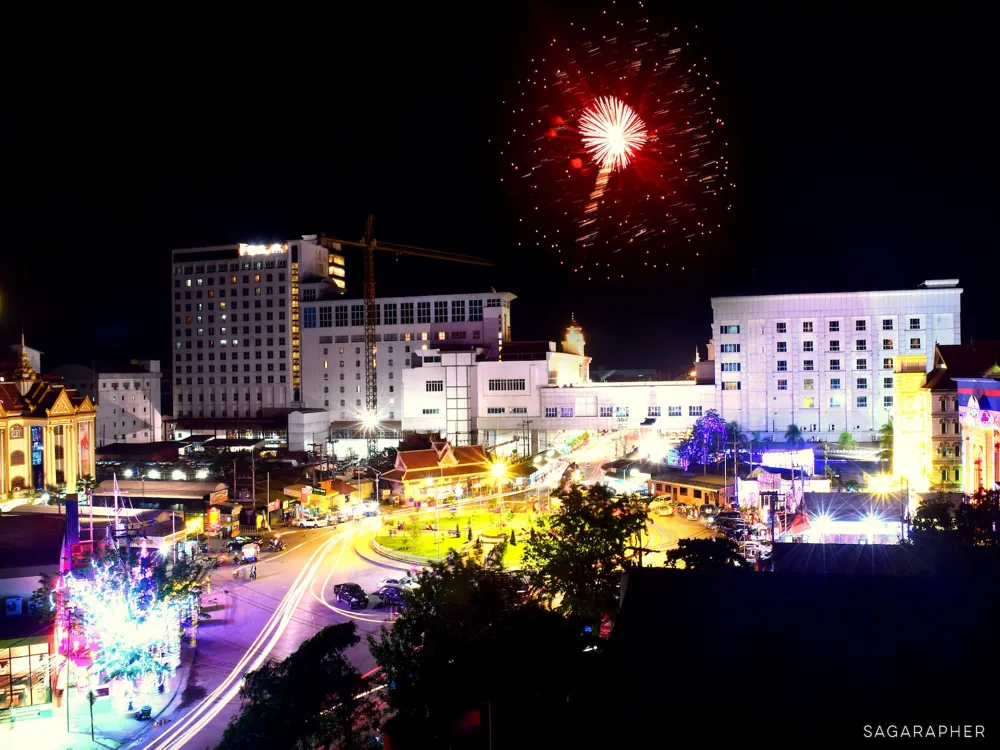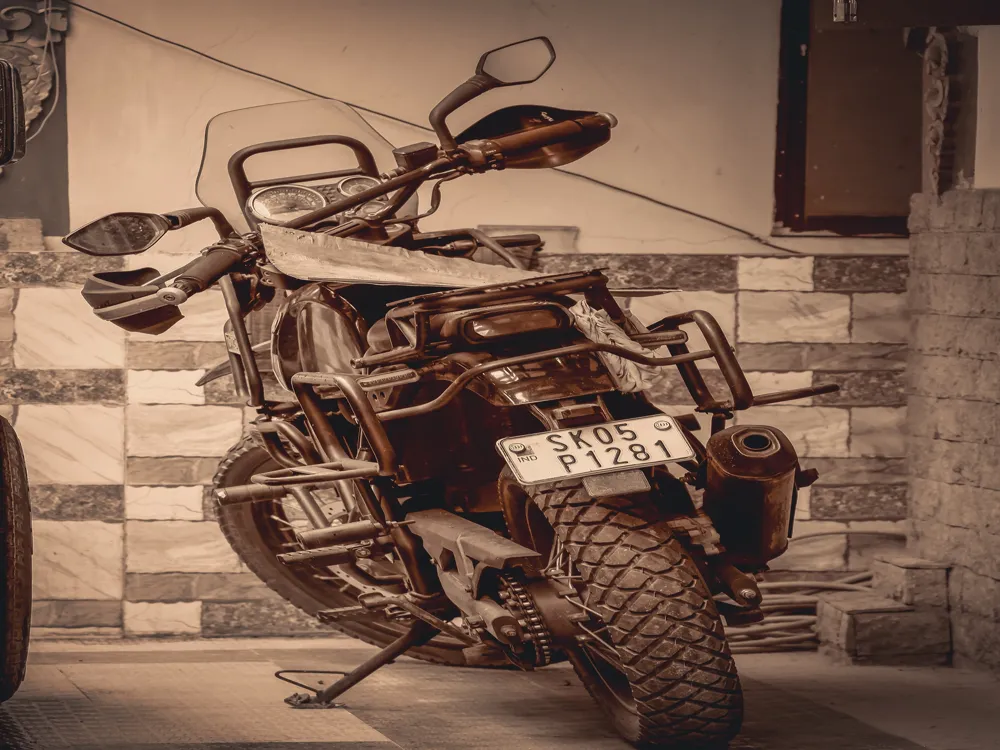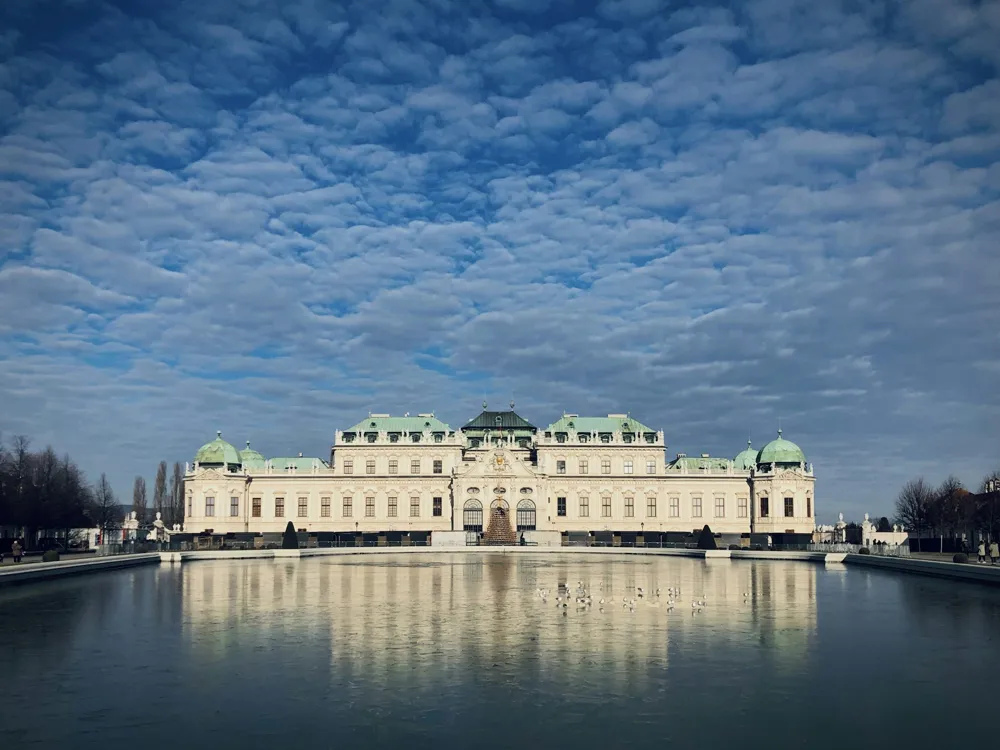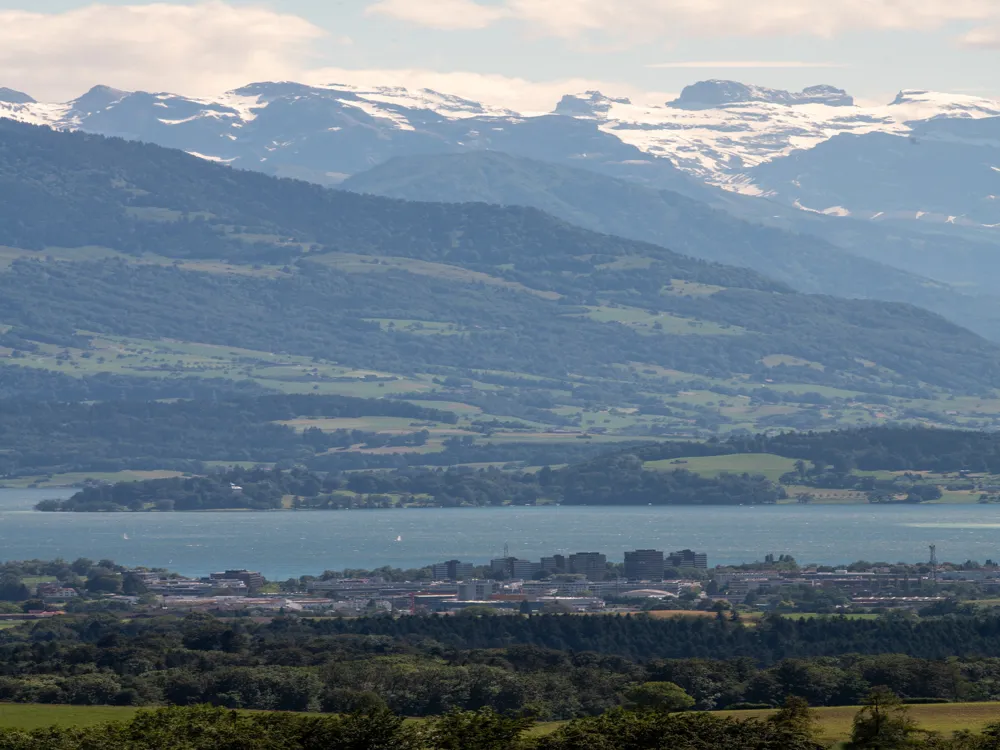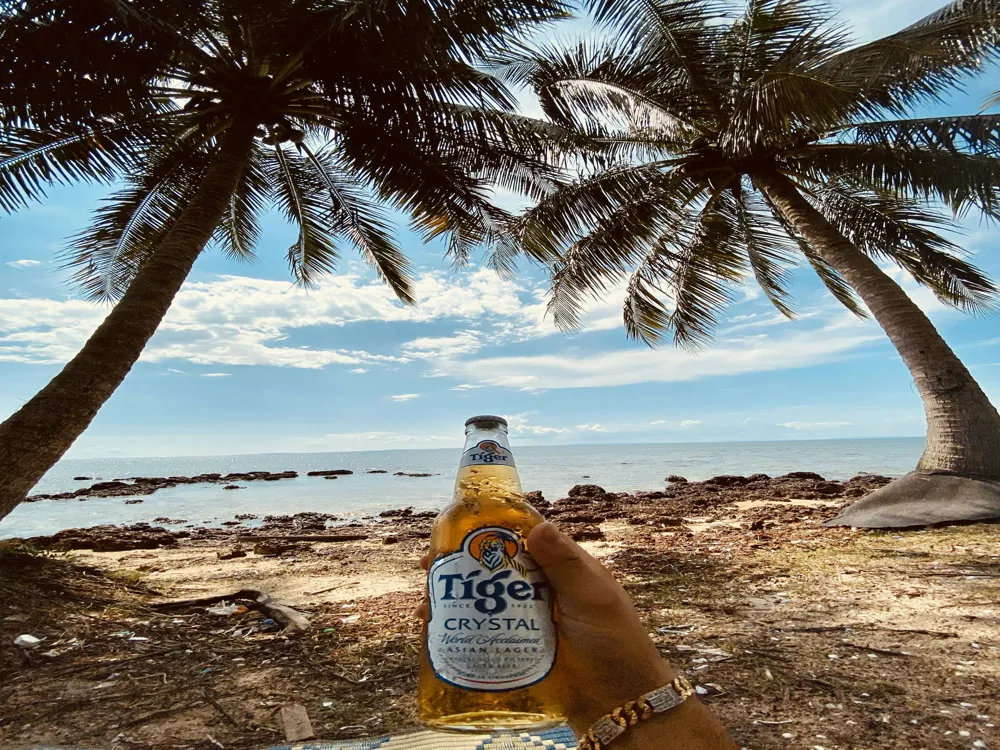Phnom Penh, the bustling capital city of Cambodia, is a vibrant fusion of history, culture, and modernity. Nestled at the confluence of three great rivers - the Mekong, Tonle Sap, and Bassac - Phnom Penh offers a unique blend of traditional Khmer and French colonial influences, making it a fascinating destination for travelers from all over the world. Whether you're interested in exploring ancient temples, indulging in local cuisine, or immersing yourself in the city's history, Phnom Penh promises an unforgettable experience. Phnom Penh is home to several iconic historical and cultural landmarks. The Royal Palace, with its classic Khmer roofs and ornate gilding, is a primary attraction, offering a glimpse into the country's royal heritage. Nearby, the Silver Pagoda stands out with its floor covered with over 5,000 silver tiles. For history enthusiasts, the National Museum of Cambodia houses one of the world's largest collections of Khmer art, including sculptures, ceramics, and ethnographic objects. No visit to Phnom Penh is complete without exploring the vibrant local markets. Central Market and Russian Market are bustling hubs where you can find everything from souvenirs and textiles to electronics and local delicacies. Speaking of food, Cambodian cuisine is a delightful experience, with dishes like Fish Amok, Beef Lok Lak, and the famous Khmer curry. The riverfront area of Phnom Penh is a perfect place to relax and enjoy the city's atmosphere. The promenade is lined with restaurants, bars, and cafes, offering beautiful views of the Tonle Sap River, especially at sunset. The city's nightlife is vibrant, with a range of options from quiet rooftop bars to lively nightclubs. For those willing to venture beyond the city limits, Phnom Penh serves as a gateway to discovering the rural charm of Cambodia. A short drive from the city can take you to tranquil islands, traditional silk-weaving villages, and the historic site of Oudong, the former capital of Cambodia. Phnom Penh's architecture is a testament to its rich history and cultural evolution. The cityscape is a harmonious blend of traditional Khmer designs, remnants of French colonial architecture, and modern developments, creating a unique urban tapestry that reflects the country's past and present. Khmer architecture, dating back to the Angkorian era, is characterized by intricate carvings, soaring spires, and detailed bas-reliefs. The Royal Palace and Silver Pagoda are prime examples of traditional Khmer architectural style, showcasing the skill and artistry of Cambodian craftsmen. During the French colonial period, Phnom Penh underwent significant urban development, resulting in a distinctive architectural style that blended European and local elements. Buildings like the Central Post Office and the National Library exhibit classic French colonial features with wide verandas, shutters, and pastel-colored facades. In recent years, Phnom Penh has seen a surge in modern architecture, with contemporary buildings and skyscrapers transforming the city's skyline. These developments symbolize Cambodia's rapid economic growth and its aspirations for the future while respecting the city's historical and cultural heritage. As Phnom Penh continues to grow, efforts are being made to preserve its architectural heritage. Initiatives to restore and maintain historical buildings are in place, ensuring that the city's architectural legacy is protected for future generations. For architecture enthusiasts, Phnom Penh offers guided tours that explore the city's diverse architectural landscape. These tours provide insights into the history, influences, and significance of various buildings and structures in Phnom Penh. The best time to visit Phnom Penh is between November and February when the weather is cooler and more comfortable for exploring the city. When visiting religious sites, dress modestly and respectfully. It's important to remove shoes when entering temples and to avoid touching or pointing at religious artifacts. Khmer people are known for their hospitality. Greet locals with a smile and a small bow. When bargaining in markets, do so politely and with a smile. Tuk-tuks and motorbike taxis are common in Phnom Penh. Agree on the fare before starting your journey. For longer distances, consider booking a private car or using ride-hailing apps. Drink bottled water, avoid street food if you have a sensitive stomach, and carry a basic first-aid kit. Be aware of your surroundings and keep your belongings secure, especially in crowded places. Phnom Penh is accessible by air, land, and water. The Phnom Penh International Airport is the main gateway for international travelers, with flights from major cities across Asia and beyond. For regional travel, bus services connect Phnom Penh with other major cities in Cambodia and neighboring countries. The city is also a popular stop for Mekong River cruises, offering a unique way to explore the region's waterways. Read More:Overview of Things To Do In Phnom Penh, Cambodia
Historical and Cultural Attractions
Local Markets and Cuisine
Riverfront Promenade and Nightlife
Exploring Beyond the City
Architecture of Things To Do In Phnom Penh
Traditional Khmer Architecture
French Colonial Influence
Modern Developments
Preservation Efforts
Architectural Tours
Tips When Visiting Things To Do In Phnom Penh
Best Time to Visit
Cultural Sensitivity
Local Etiquette
Transportation Tips
Health and Safety
How To Reach Things To Do In Phnom Penh
Things To Do In Phnom Penh
Cambodia
₹ 19,999 onwards
View phnom-penh Packages
Phnom-penh Travel Packages
View All Packages For Phnom-penh
Top Hotel Collections for Phnom-penh

Private Pool

Luxury Hotels

5-Star Hotels

Pet Friendly
Top Hotels Near Phnom-penh
Other Top Ranking Places In Phnom-penh
View All Places To Visit In phnom-penh
View phnom-penh Packages
Phnom-penh Travel Packages
View All Packages For Phnom-penh
Top Hotel Collections for Phnom-penh

Private Pool

Luxury Hotels

5-Star Hotels

Pet Friendly









/choeung-ek-genocidal-center-killing-fields-slider-1.webp)
